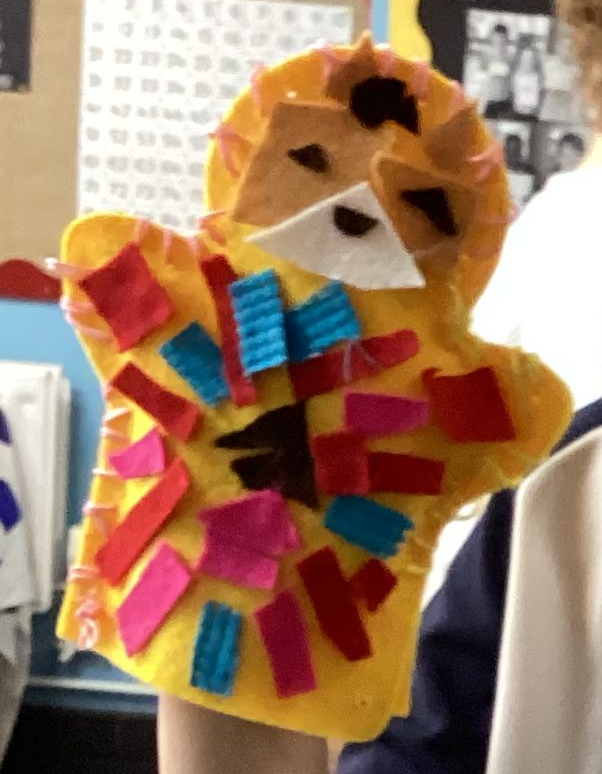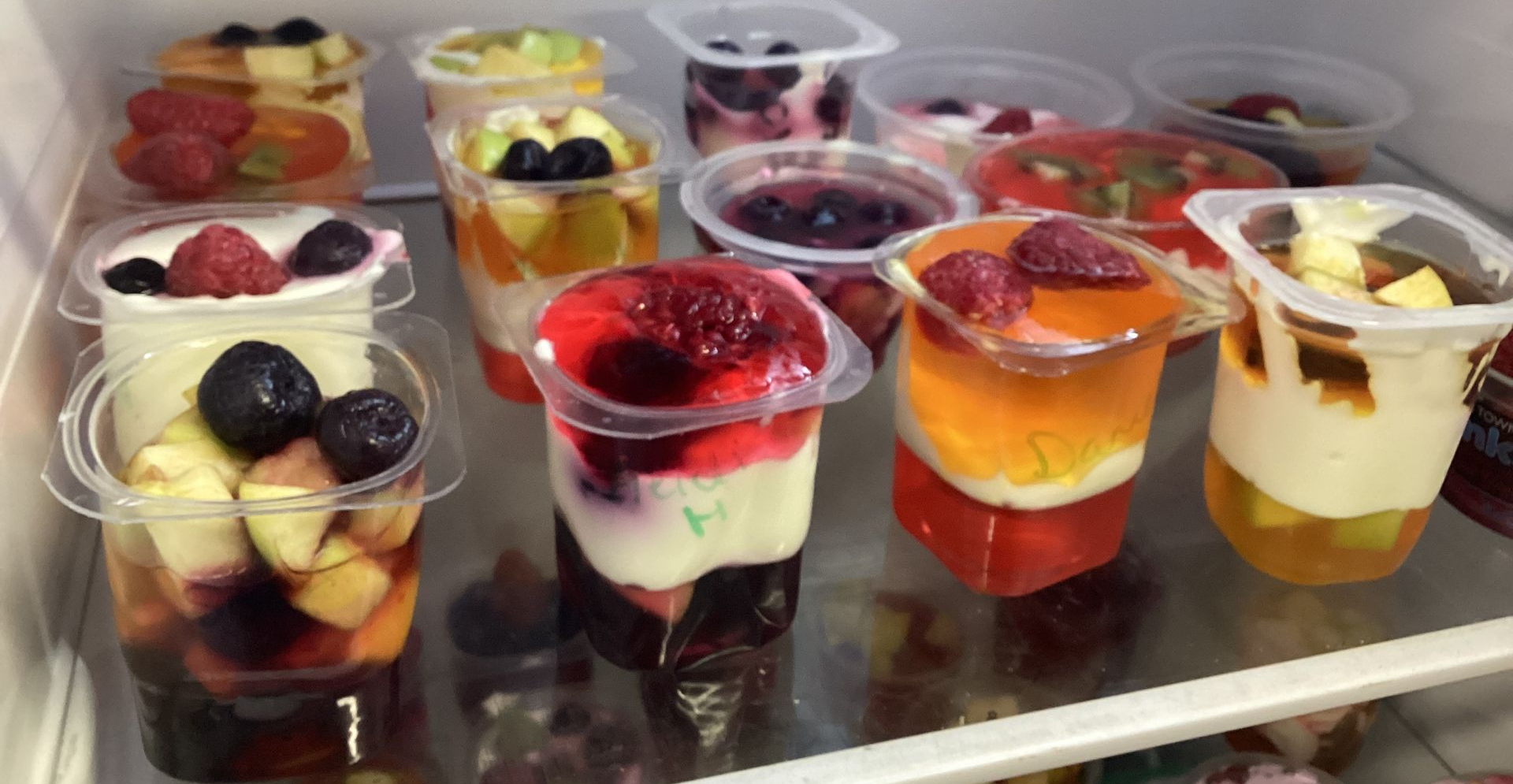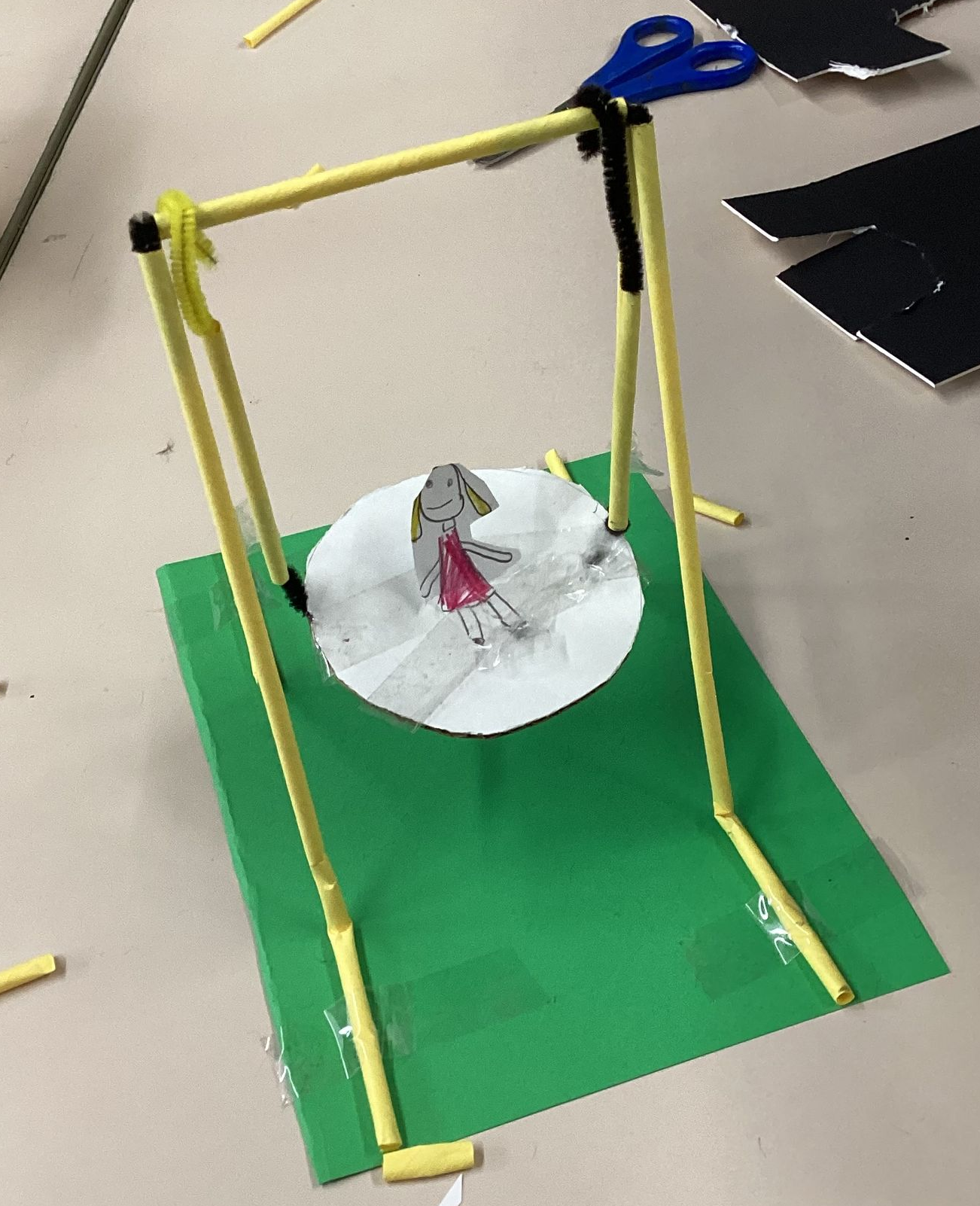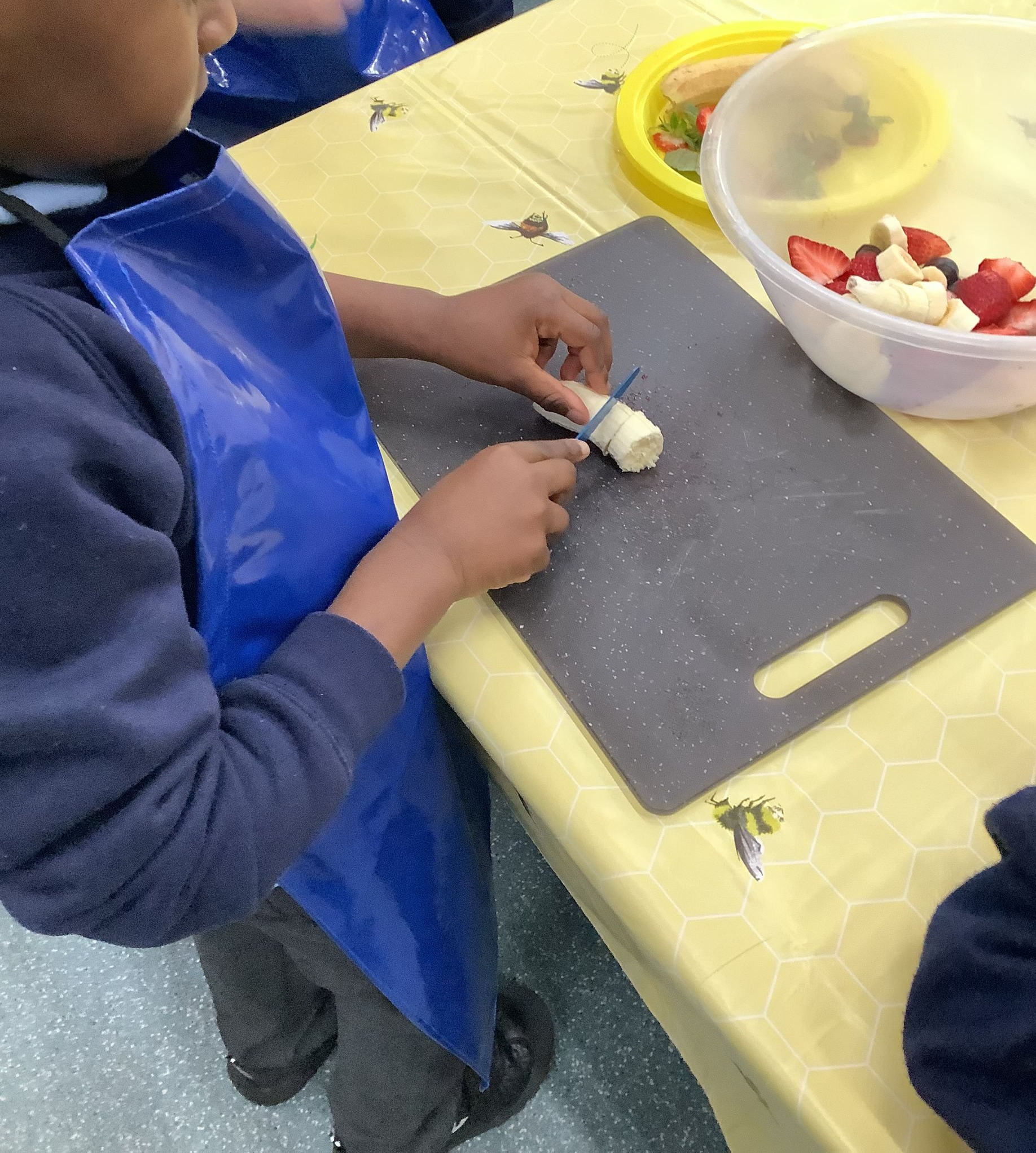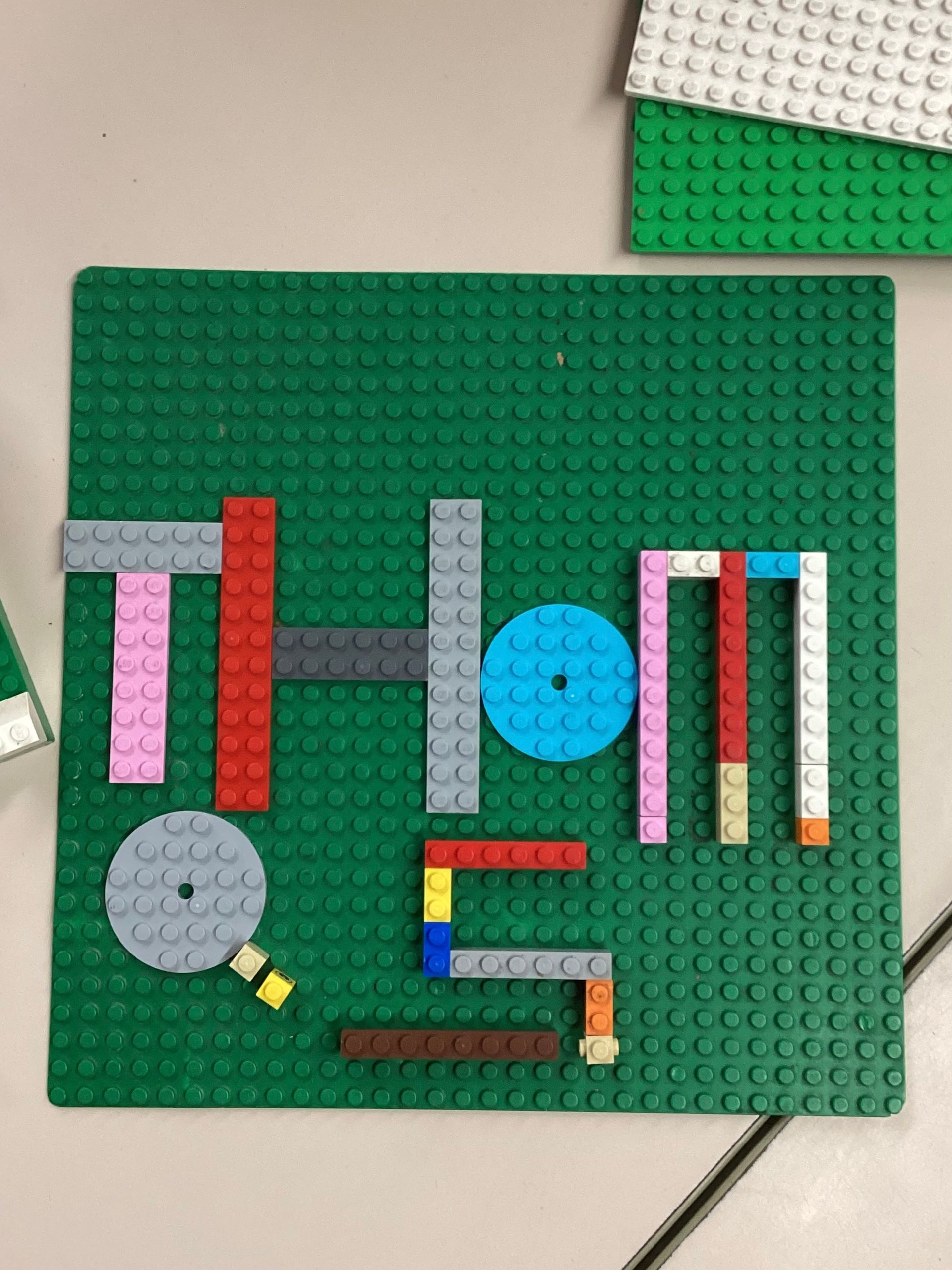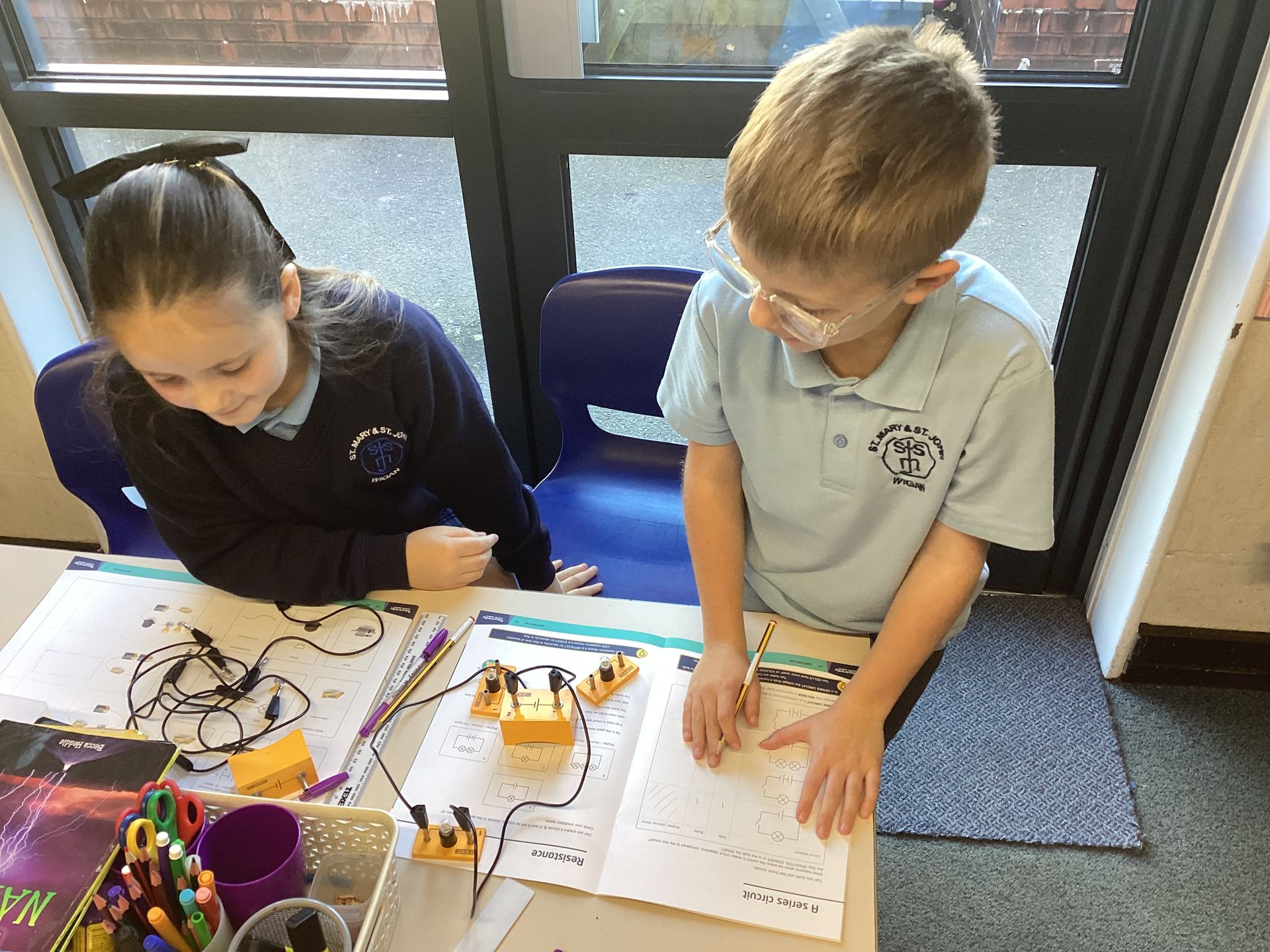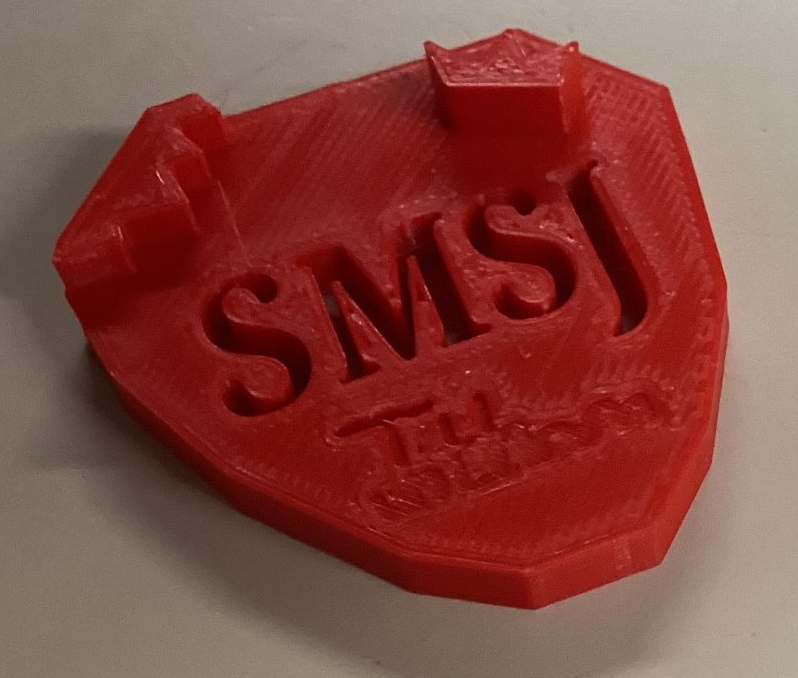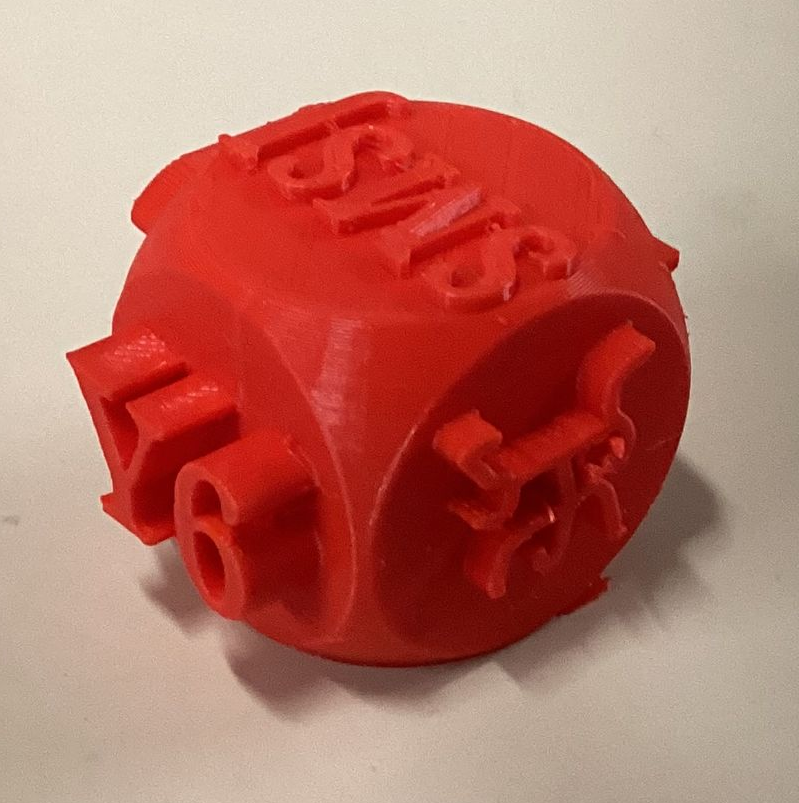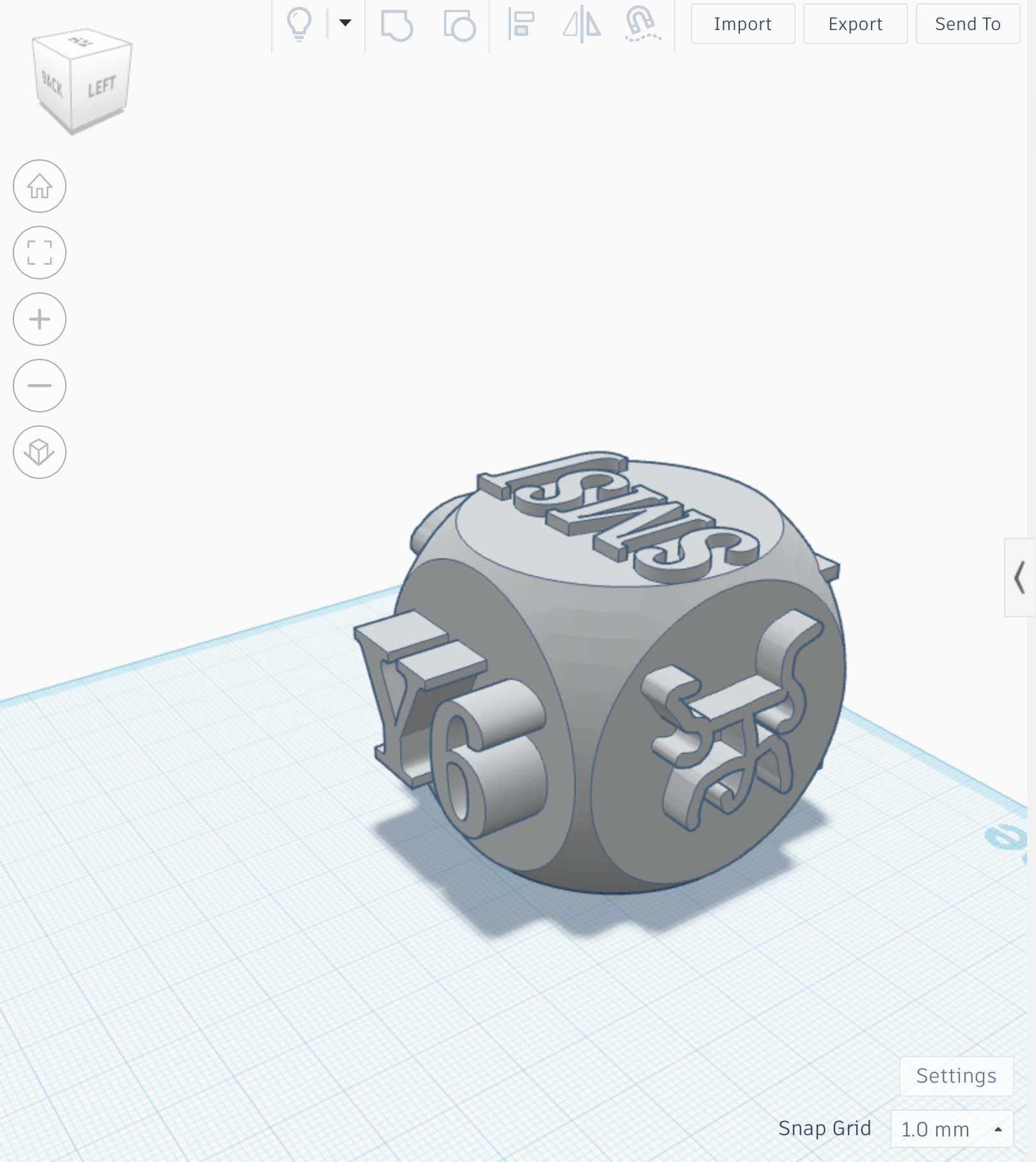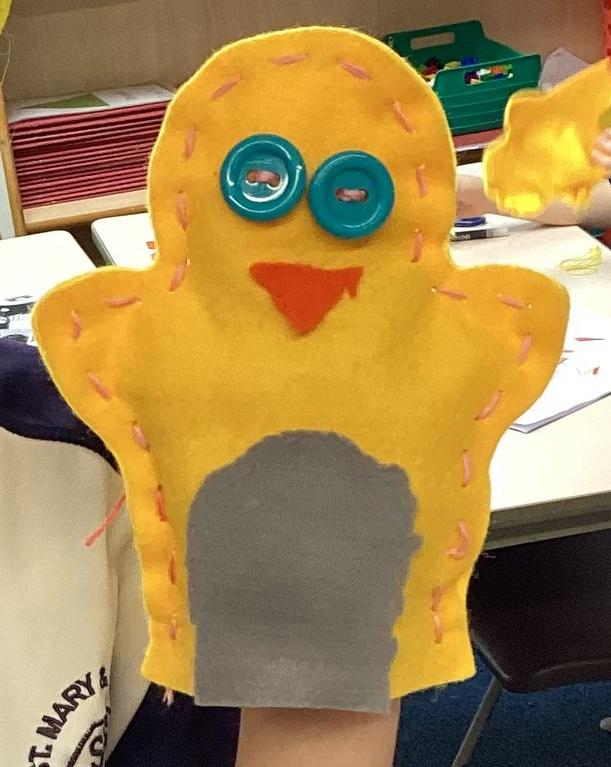Design & Technology
Meet The Subject Coordinator
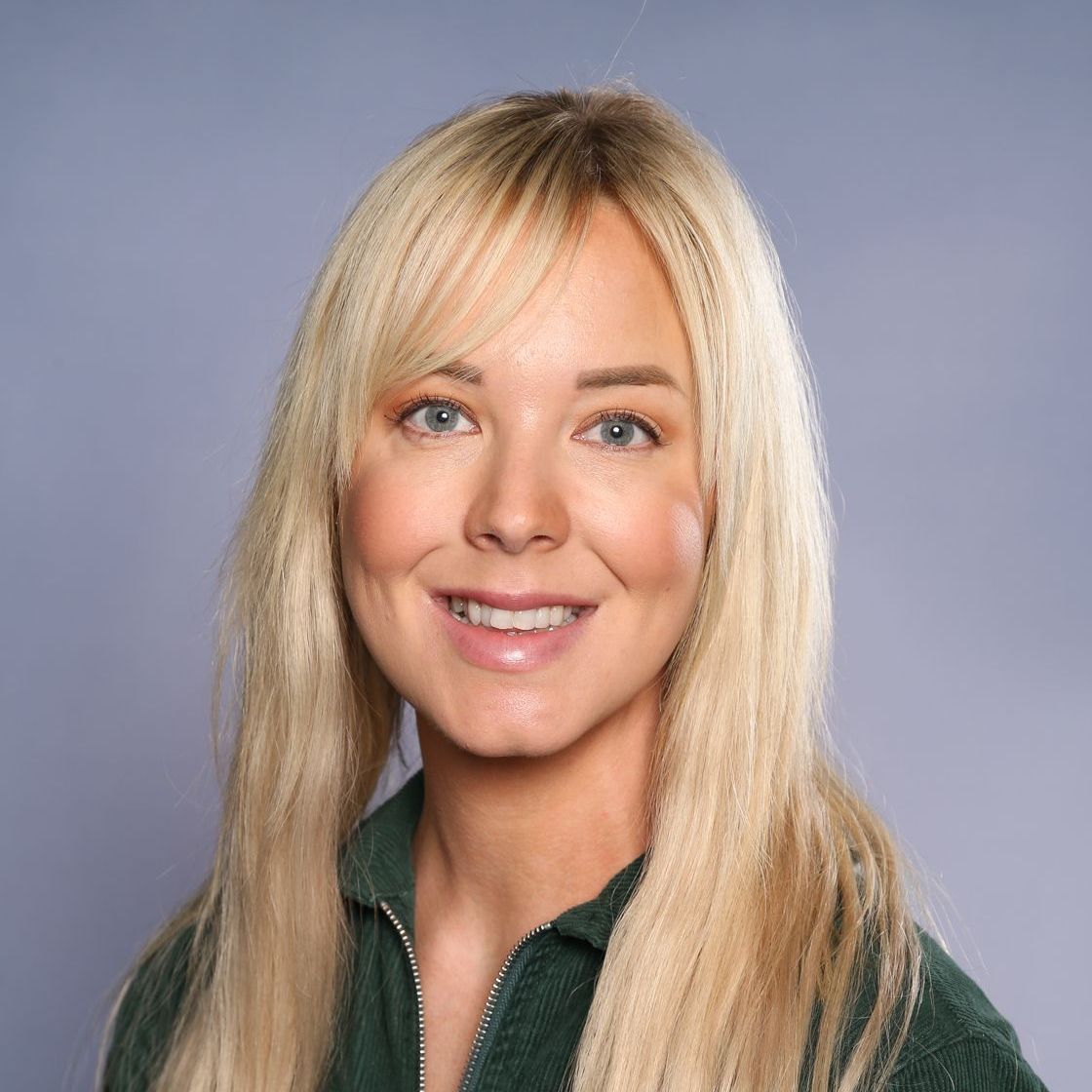
Miss Gregory
Design & Technology Coordinator
My passion/ personal experience with D&T
Design and Technology has always been a passion of mine. From an early age, I found joy in creating, whether crafting from recycled materials, designing imaginary homes, or building dens in the woods with friends. Some of my most memorable experiences from primary school were hands-on activities, like Christmas crafts and outdoor challenges. These early experiences inspired me to study Graphic Design and Art & Design at college, followed by a degree in Interior Architecture at university.
This passion continues to shape my commitment to Design and Technology in our school. DT is a rich, cross-curricular subject that helps children develop essential life skills. It supports learning in Maths, Science, RSHE, Computing and more, while also nurturing creativity, problem-solving, resilience and a growth mindset. DT provides opportunities for all learners to succeed in meaningful, practical contexts.
Design & Technology at Our School
At our school, every class takes part in a high-quality Design and Technology project every half term. Each project follows a clear sequence: Investigate, Design, Make and Evaluate, ensuring children build on their technical knowledge and develop practical skills over time. These projects are always planned with purpose, rooted in the “Something for Somebody with Some Purpose” framework, meaning that children design and create for a real or imagined user, with a clear function in mind.
From Reception onwards, our DT curriculum supports progression. Children explore the properties of materials, learn how to join, shape, and strengthen, and begin to use tools safely and effectively. By Key Stage 2, they apply more advanced technical knowledge, such as mechanical systems, computer-aided design (CAD), and food technology. We also provide enrichment opportunities through partnerships with local experts, hands-on workshop days, and cross-curricular links that make learning real, relevant, and fun.
Aspirations and Opportunities
Listening to our children through pupil voice activities and curriculum champions meetings is central to our development of DT. Recently, children expressed a strong interest in learning more about food preparation. In response, we launched a three-day food technology workshop across the school, allowing every child to develop their cooking and nutrition knowledge and practise essential food preparation skills.
Our commitment to staff development is equally strong. Teachers are continuing to build their confidence and subject knowledge through CPD and shared practice. We are also exploring new technologies to enhance learning. For example, our Key Stage 2 children recently participated in a TinkerCAD club, learning CAD skills and creating their own designs using our 3D printer, with fantastic results. This is an exciting area we plan to grow further.
Our goal is that all children leave our school with a deep understanding of the design process, confidence in their ability to create, and a toolkit of technical knowledge and skills that will serve them well in the future.

